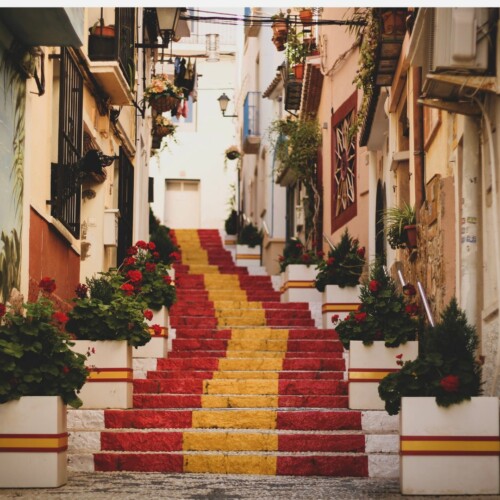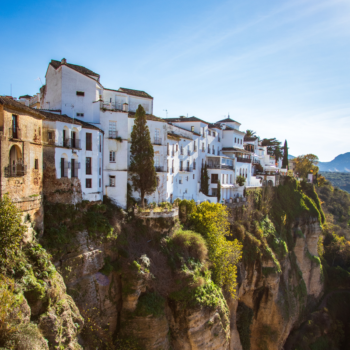Learning how to form comparatives and superlatives is one of the fundamental topics to master when learning a foreign language. Knowledge of constructing comparisons and forming the comparative and superlative degrees of adjectives allows us to better describe the reality around us.
The positive degree in Spanish – grado positivo
The positive degree is the basic form of the adjective. It allows for the comparison of the same characteristics between different people, objects, situations, etc. In Spanish, the basic construction of the positive degree is:
tan + adjective + como
For example: El libro es tan interesante como la película. – The book is as interesting as the movie.
Comparative degree – grado comparativo
The next degree emphasizes a particular characteristic we want to describe more strongly. It is also used to highlight the characteristic of one noun in comparison to another noun with the same characteristic.
In Spanish, forming the comparative degree of adjectives usually involves the construction:
más (more) / menos (less) + adjective + que
For example:
- Juan es más alto que María. – Juan is taller than Maria.
- Este libro es menos interesante que el otro. – This book is less interesting than that one.
- Ella corre más rápido que su hermano. – She runs faster than her brother.
Superlative degree of an adjective – superlativo relativo
When forming the superlative degree of an adjective, the superlativo relativo, remember to use the construction of the comparative degree, adding the appropriate definite article before the entire expression and changing “que” to “de”:
el/la/los/las + más/menos + adjective + de
For example:
- Este es el libro más interesante de los que he leído. – This is the most interesting book of those I have read.
- Juan es el menos hablador de sus hermanos. – Juan is the least talkative of his brothers.
- Este restaurante es el más caro de la ciudad. – This restaurant is the most expensive in the city.
Absolute degree of an adjective – superlativo absoluto
In Spanish, there is also the so-called absolute degree, which is not used for comparisons but simply to strongly emphasize a characteristic. It is formed by adding the appropriate ending (-ísimo, -ísima, -ísimos, -ísimas) to the adjective.
For example:
- Este libro es interesantísimo. – This book is very interesting.
- Ella es inteligentísima. – She is very intelligent.
- Sus hijos son pequeñísimos todavía. – Their children are still very small.
Exceptions
There are also several adjectives that do not follow the regular pattern of gradation according to the above constructions. Among the exceptions are:
| Positive degree | Comparative degree | Superlative degree |
|---|---|---|
| pequeño/pequeña – small | menor – smaller | el/la meno – the smallest |
| malo/mala – bad | peor – worse | el/la peor – the worst |
| bueno/buena – good | mejor – better | el/la mejor – the best |
| grande – big | mayor – bigger | el/la mayor – the biggest |
In summary, by using the constructions of the positive, comparative, and superlative degrees, you can better describe the characteristics of nouns and easily compare them with each other. Gain more knowledge about Spanish grammar and vocabulary through the courses in the ¡No hay problema! series.


